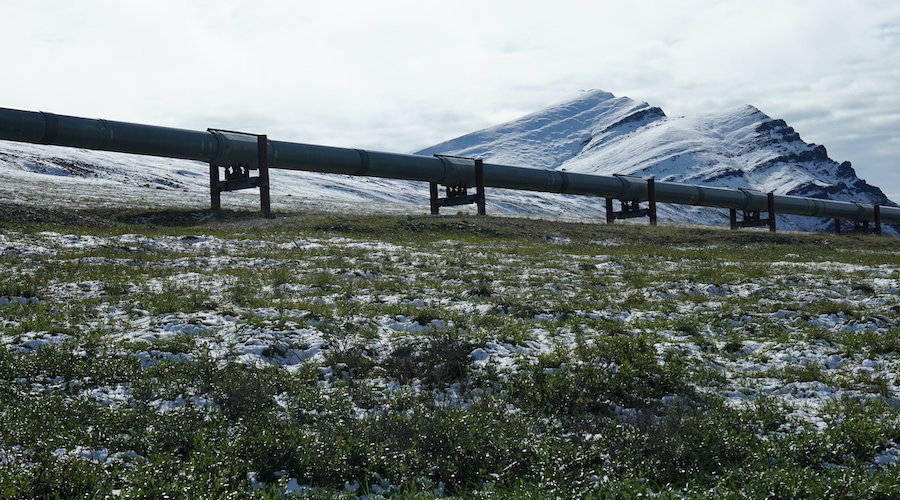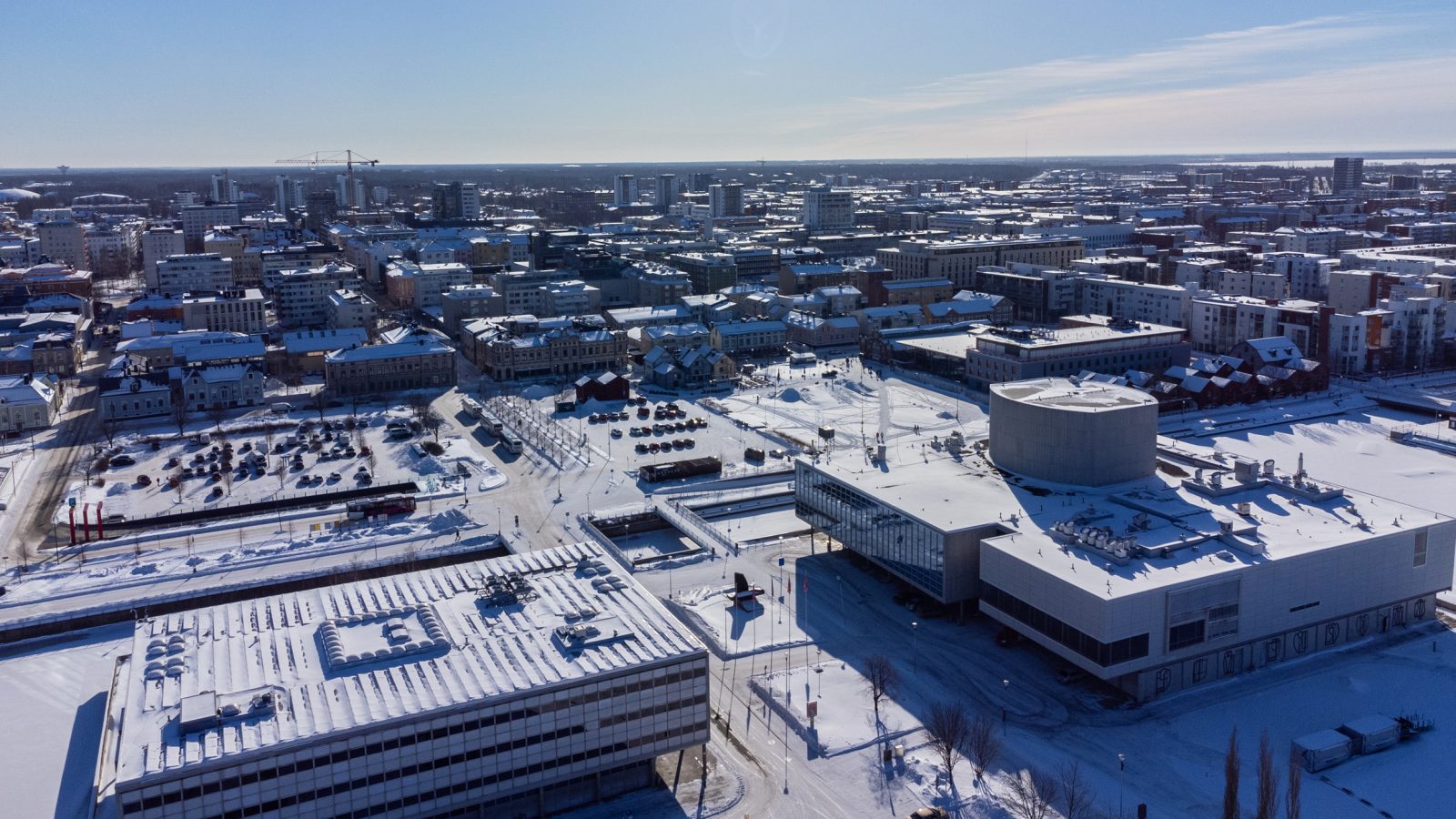
Pipeline in Alaska. (Image by Alfred-Wegener-Institut / M. Lange).
A sleeping giant harbouring toxic substances that span from diesel fuel to heavy metals and even radioactive waste could soon become an acute threat, researchers at the Alfred Wegener Institute, Helmholtz Centre for Polar and Marine Research have found.
According to the scientists, since the permafrost regions of the Northern Hemisphere are warming between twice as fast and four times as fast as the rest of the world, the frozen soil is increasingly thawing. The issue is that many of these places host industrial waste from defunct or active facilities.
“As a result of the industrial expansion during the cold war, over the decades this led to micro-dumps full of toxic sludge from oil and gas exploration, stockpiles of mining debris, abandoned military installations, and lakes in which pollutants were intentionally poured,” Moritz Langer, lead author of the research, said in a media statement.
Langer explained that permafrost has not only been viewed as a solid platform for buildings and infrastructure but is also considered a natural barrier that prevents the spread of pollutants.
“In many cases, the assumption was that the permafrost would reliably and permanently seal off these toxic substances, which meant there was no need for costly disposal efforts,” Guido Grosse, co-author of the study, said. “Today, this industrial legacy still lies buried in the permafrost or on its surface.”
When climate change affects these areas, however, it changes the hydrology and the permafrost no longer provides an effective barrier. As a result, contaminants that have accumulated in the Arctic over decades can be released, spreading across larger regions.
In addition, thawing permafrost becomes more and more unstable, which can lead to further contamination. When the ground collapses, it can damage pipelines, chemical stockpiles and depots.
Just how real this risk already is can be seen in a major incident from May 2020 near the industrial city Norilsk in northern Siberia: a destabilized storage tank released 17,000 metric tons of diesel, which polluted the surrounding rivers, lakes and tundra.
“Incidents like this could easily become more frequent in the future,” Langer said.
Over 4,000 industrial sites
To more accurately assess such risks, Langer and an international team of experts from Germany, the Netherlands and Norway took a closer look at industrial activities in the High North. To do so, they first analyzed freely available data from the portal OpenStreetMap and from the Atlas of Population, Society and Economy in the Arctic. According to these sources, the Arctic permafrost regions contain close to 4,500 industrial sites that either store or use potentially hazardous substances.
“But this alone didn’t tell us what types of facilities they were, or how badly they could potentially pollute the environment,” Langer said.
More detailed information on contaminated sites is currently only available for North America, where roughly 40% of the global permafrost lies. The data from Canada and Alaska showed that using the location and type of facility, it should be possible to accurately estimate where hazardous substances were most likely to be found.
For Alaska, the Contaminated Sites Program also offers insights into the respective types of contaminants. For example, roughly half of the contaminations listed can be attributed to fuels like diesel, kerosene and petrol. Mercury, lead and arsenic are also in the top 20 documented environmental pollutants. And the problem isn’t limited to the legacy of past decades: although the number of newly registered contaminated sites in the northernmost state of the US declined from about 90 in 1992 to 38 in 2019, the number of affected sites continues to rise.
Siberia
When it comes to Siberia’s extensive permafrost regions, however, there are no comparable databases.
“As such, our only option there was to analyze reports on environmental problems that were published in the Russian media or other freely accessible sources between 2000 and 2020,” Langer pointed out. “But the somewhat sparse information available indicates that industrial facilities and contaminated sites are also closely linked in Russia’s permafrost regions.”
Using computer models, the team calculated the occurrence of contaminated sites for the Arctic as a whole. According to the results, the 4,500 industrial facilities in the permafrost regions have most likely produced between 13,000 and 20,000 contaminated sites. From 3,500 to 5,200 of them are located in regions where the permafrost is still stable, but will start to thaw before the end of the century.
“But without more extensive data, these findings should be considered a rather conservative estimate,” Langer said. “The true scale of the problem could be even greater.”
The researchers noted that the issue is unlikely to go away any time soon as more and more industrial facilities are being built in the Arctic, which could also release toxic substances into nearby ecosystems.
Further, this is happening at a time when removing such environmental hazards is getting harder and harder— doing so often requires vehicles and heavy gear, which can hardly be used on vulnerable tundra soils that are increasingly affected by thawing.
“In a nutshell, what we’re seeing here is a serious environmental problem that is sure to get worse,” Grosse said. “These pollutants can, via rivers and the ocean, ultimately find their way back to people living in the Arctic, or to us.”
The experts, thus, call for more data, and a monitoring system for hazardous substances in connection with industrial activities in the Arctic.
They also said that it is important to intensify efforts to prevent the release of pollutants and undo the damage in those areas that are already contaminated.
And lastly, they no longer consider it appropriate to leave industrial waste behind in the Arctic without secure disposal options.




